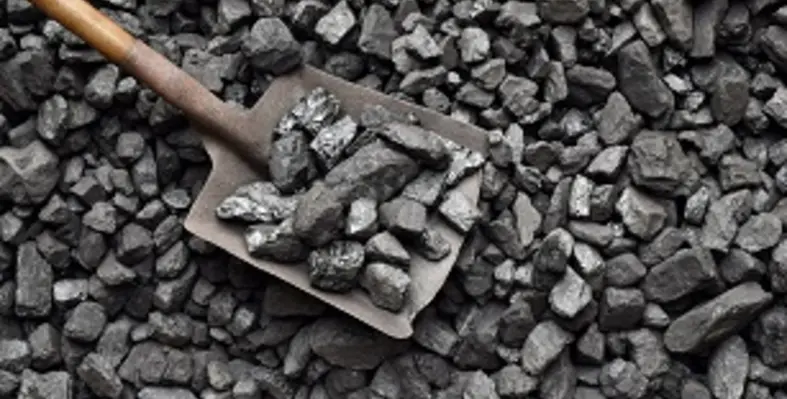A team of scientists from Penn State have found that coal may represent a potential way to store hydrogen gas, addressing a major hurdle in developing a clean energy supply chain
“We found that coal can be this be this geological hydrogen battery,” said Shimin Liu, associate professor of energy and mineral engineering at Penn State. “You could inject and store the hydrogen energy and have it there when you need to use it.”
Currently, much work remains to build hydrogen infrastructure and make it an affordable and reliable energy resource. This includes developing a way to store hydrogen which is currently expensive and inefficient. However, according to the Penn State scientists, geologic formations are an intriguing option because they can store large amounts of hydrogen to meet the peaks and valleys as energy demand changes daily or seasonally.
Liu continued, “Coal is well-studied, and we have been commercially producing gas from coal for almost a half century. We understand it. We have the infrastructure. I think coal would be the logical place to do geological hydrogen storage.”
To test their theory, the scientists analysed eight types of coals to better understand their sorption and diffusion potential, or how much hydrogen they can hold. All eight coals showed considerable sorption properties, with low-volatile bituminous coal from eastern Virgina and anthracite coal from eastern Pennsylvania performing the best in tests.
Depleted coalbed methane reservoirs may be the best candidates. These seams contain unconventional natural gas like methane and have become an important source of fossil fuel energy over the last several decades. The methane sticks to the surface of the coal, in a process called adsorption.
Similarly, injecting hydrogen into coal would cause that gas to absorb or stick to the coal. These formations often have a layer of shale or mudstone on top that act as a seal keeping methane, or in this case hydrogen, sealed until it is needed and pumped back out, the scientists said.
Based on their results, the scientists determined anthracite and semi-anthracite coals are good candidates for hydrogen storage in depleted coal seams, and low-volatile bituminous coal are better candidates for gassy coal seams.
According to the team, developing hydrogen storage in coal mining communities could bring new economic opportunities to these regions while also helping create the nation’s hydrogen infrastructure.
Liu remarked, “In the energy transition, it’s really coal communities that have been the most impacted economically. This is certainly an opportunity to repurpose the coal region. They already have the expertise – the energy engineer and skills. If we can build an infrastructure and change their economic opportunities – I think that’s something we should consider.”
According to the team, future work will focus on the dynamic diffusivity and dynamic permeability of coal, features which determine how quickly hydrogen can be injected and pumped back out.





